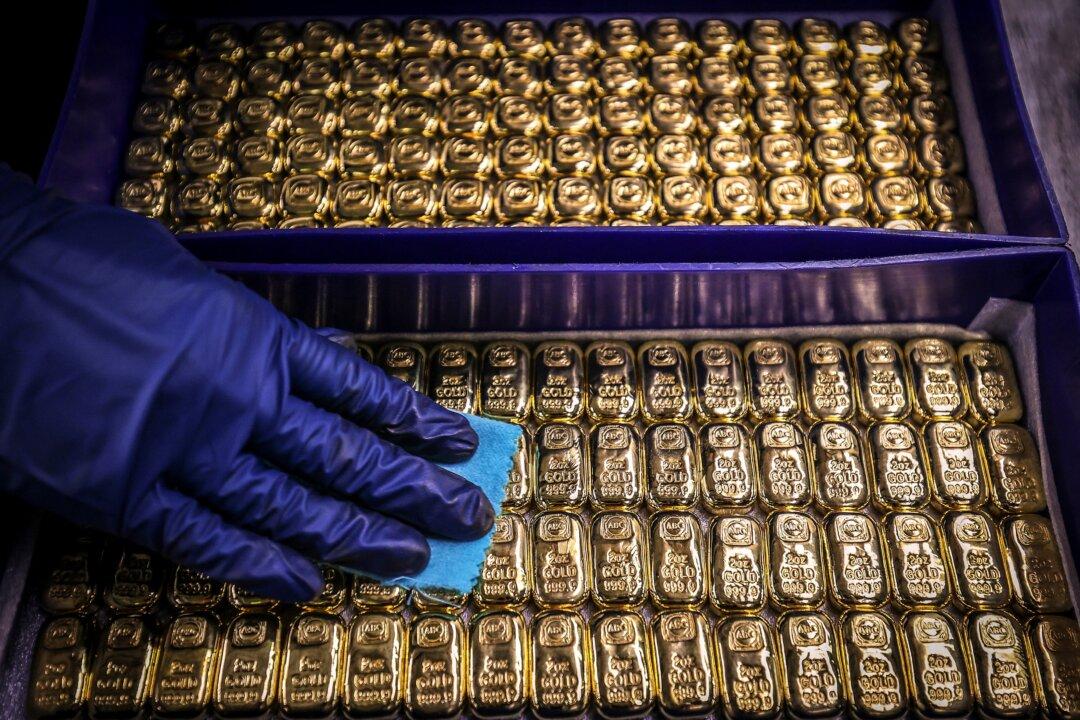Gold prices increased during early trade on Thursday ahead of U.S. inflation data and amid geopolitical tensions, breaking away from a multi-day downward trend.
Gold futures were trading at $2,038 per oz. on Jan. 11 as of 03:30 a.m. ET, up from its opening price of around $2,030 per oz. The upsurge came after four days of continuous decline.





